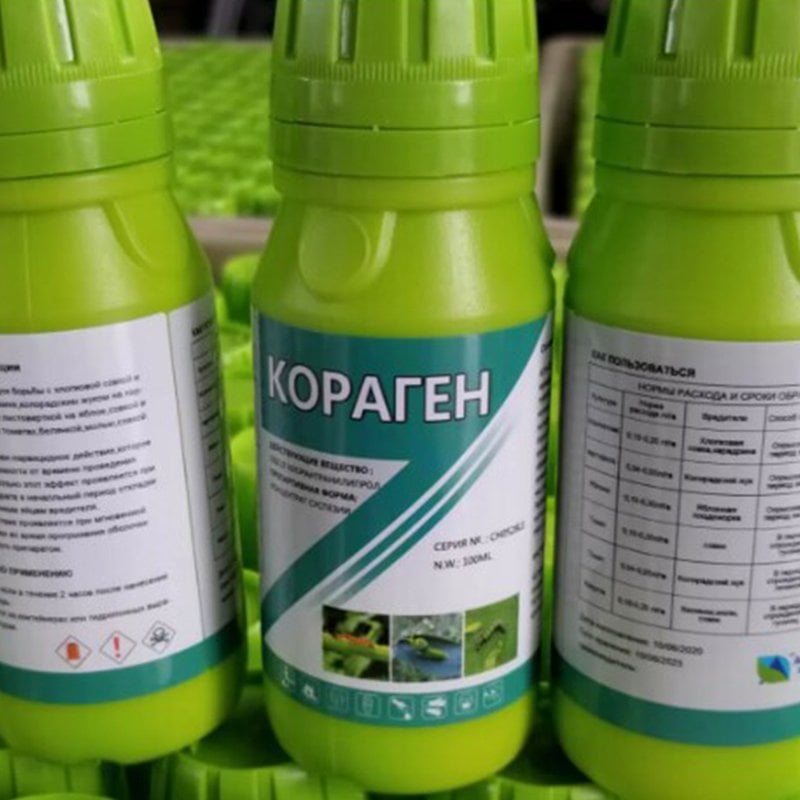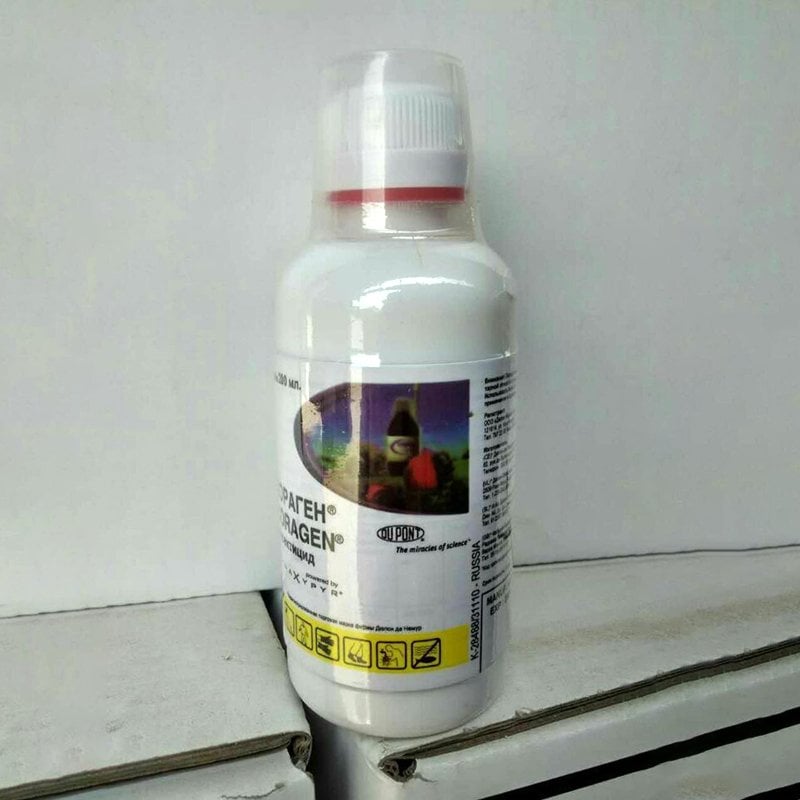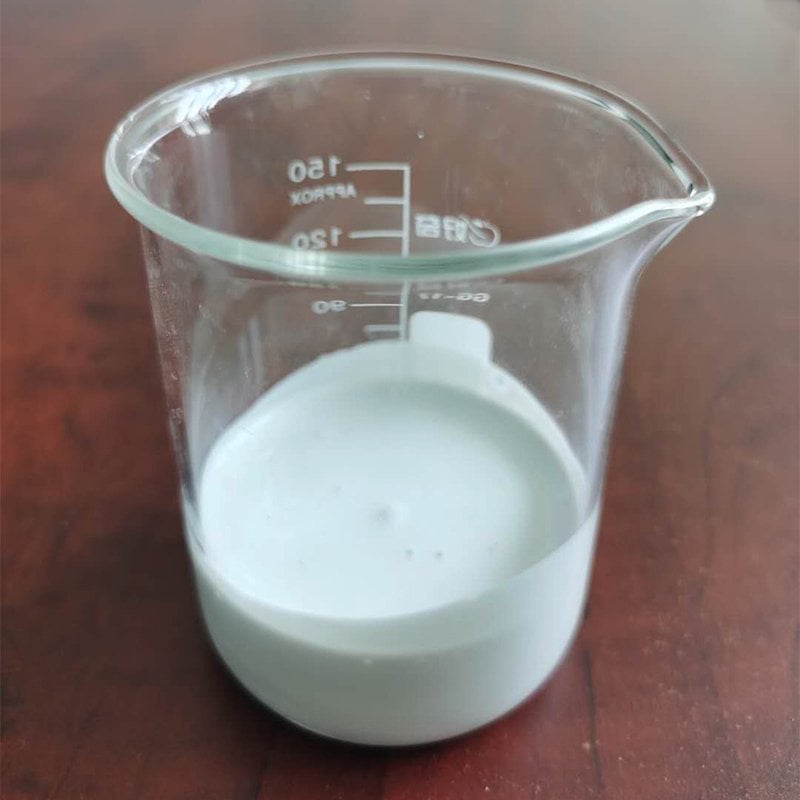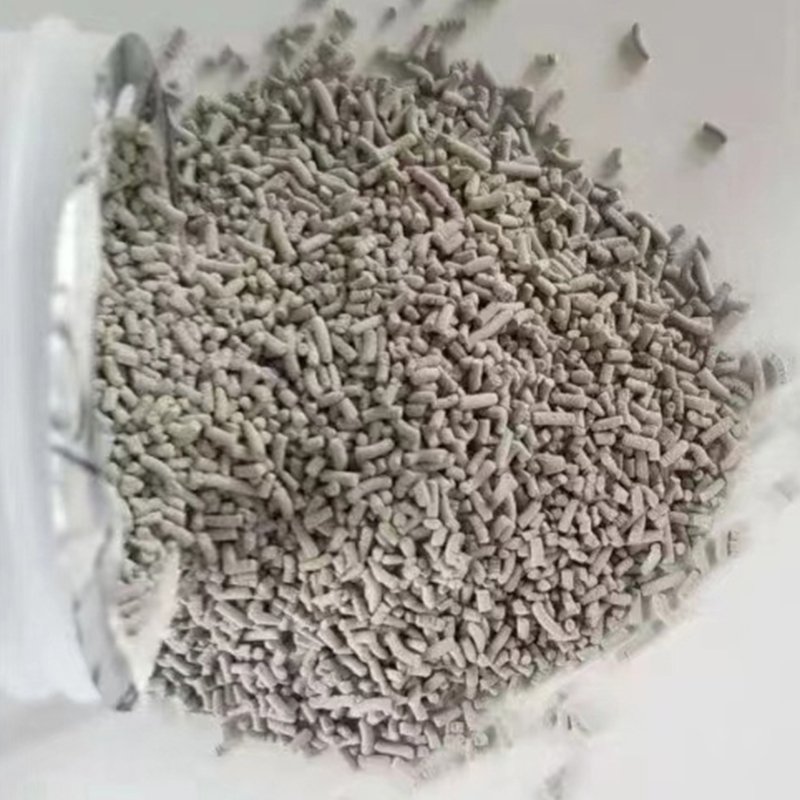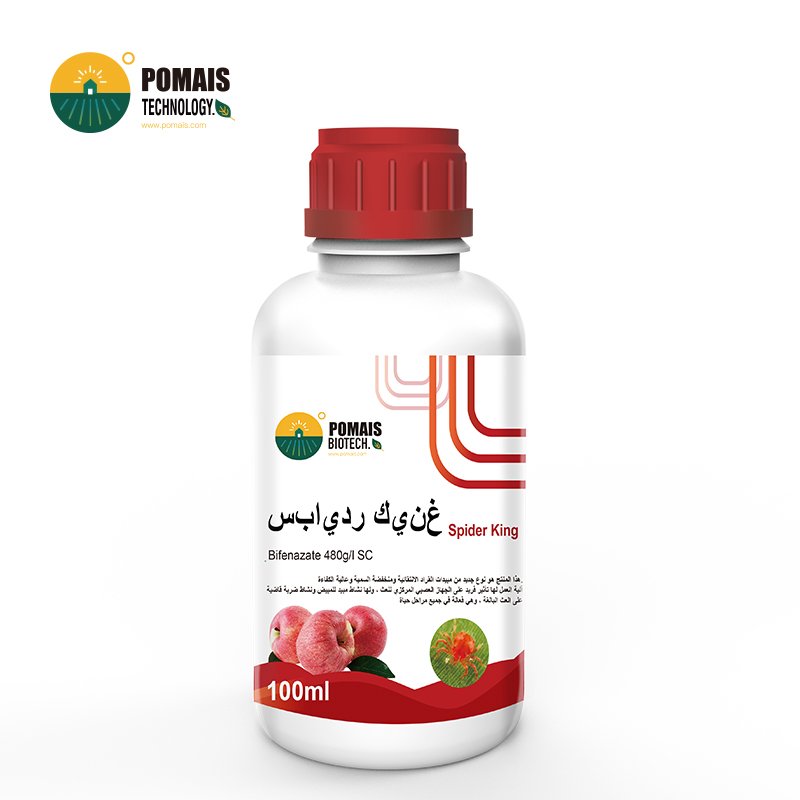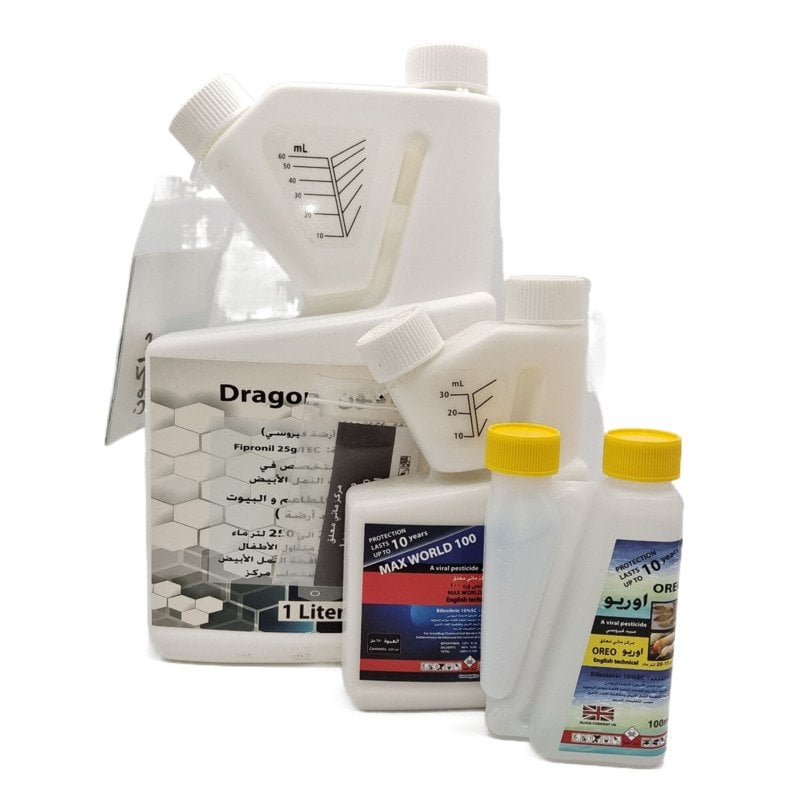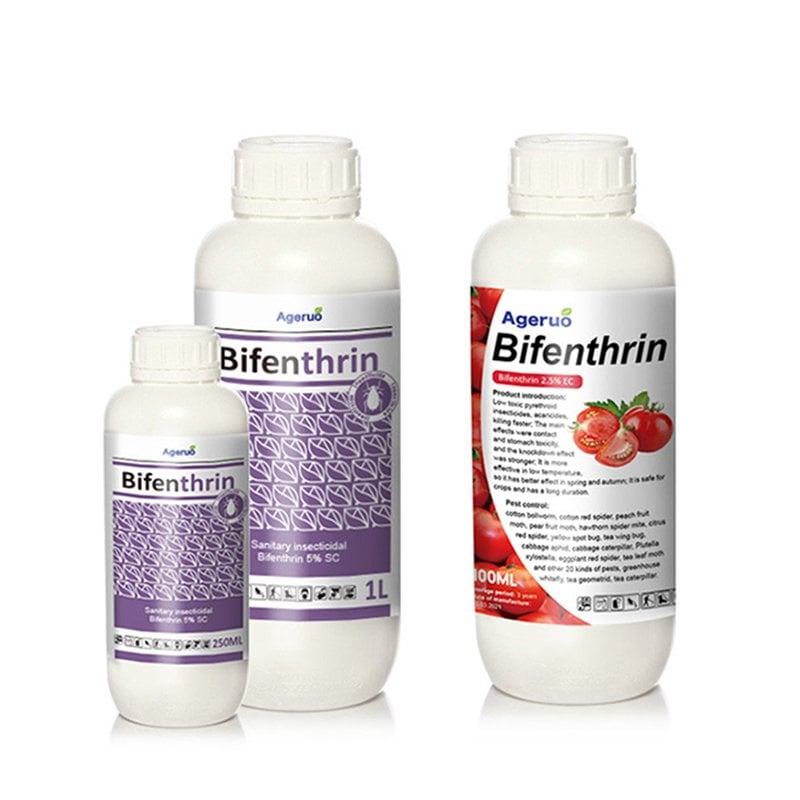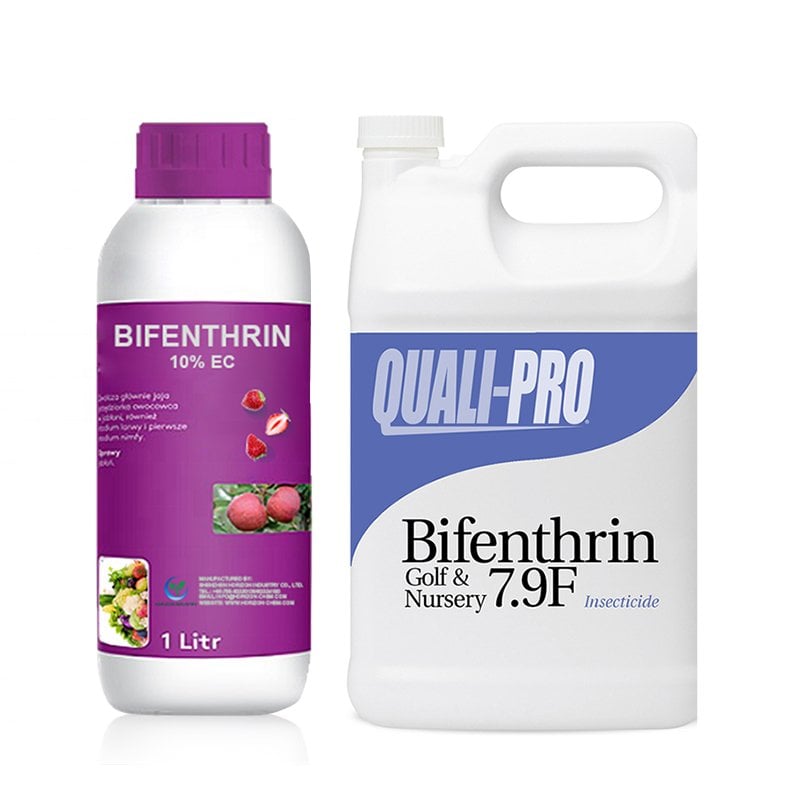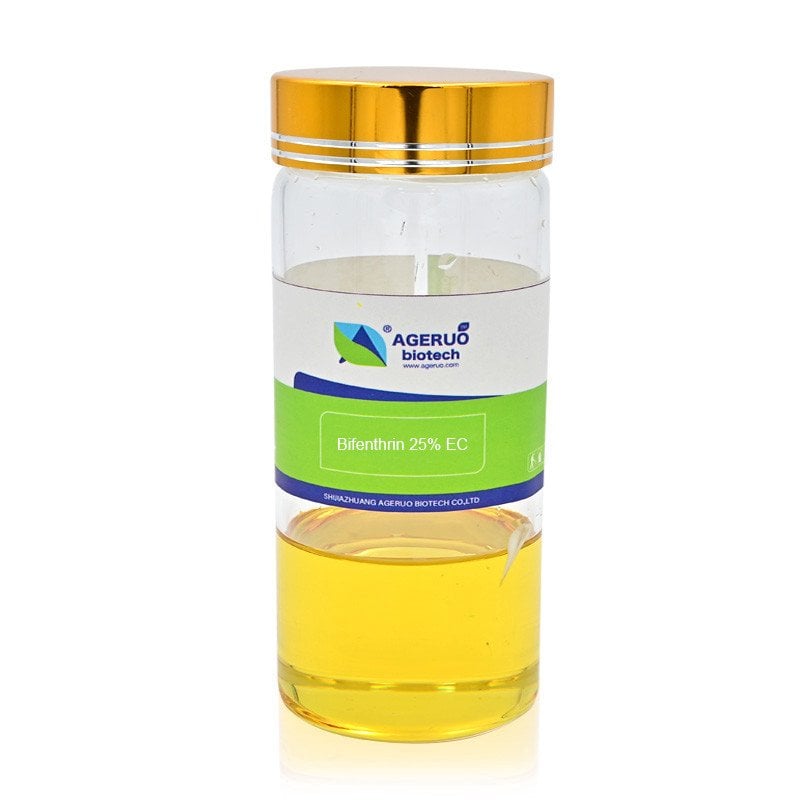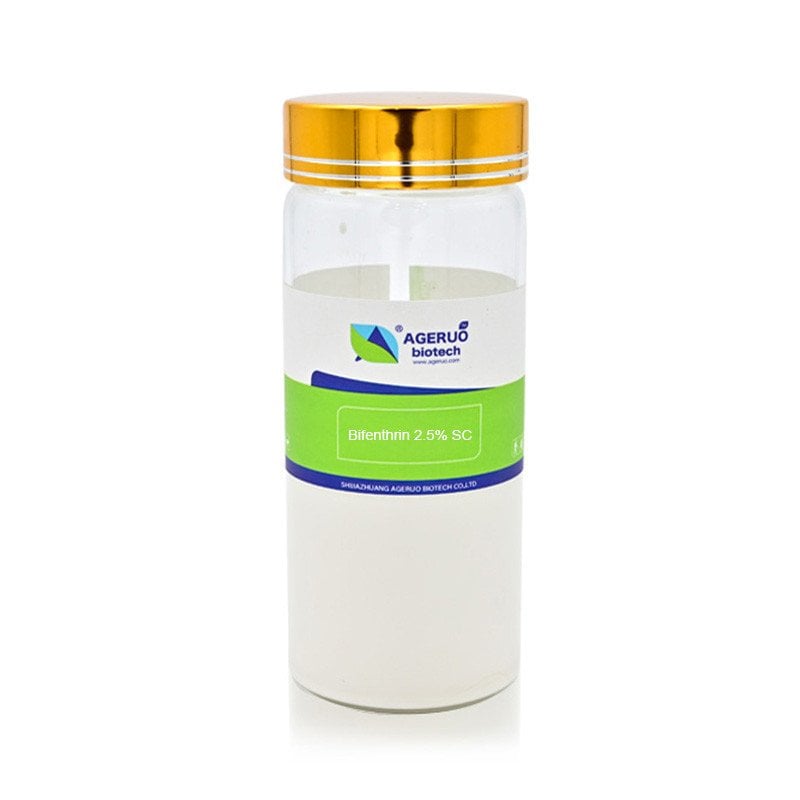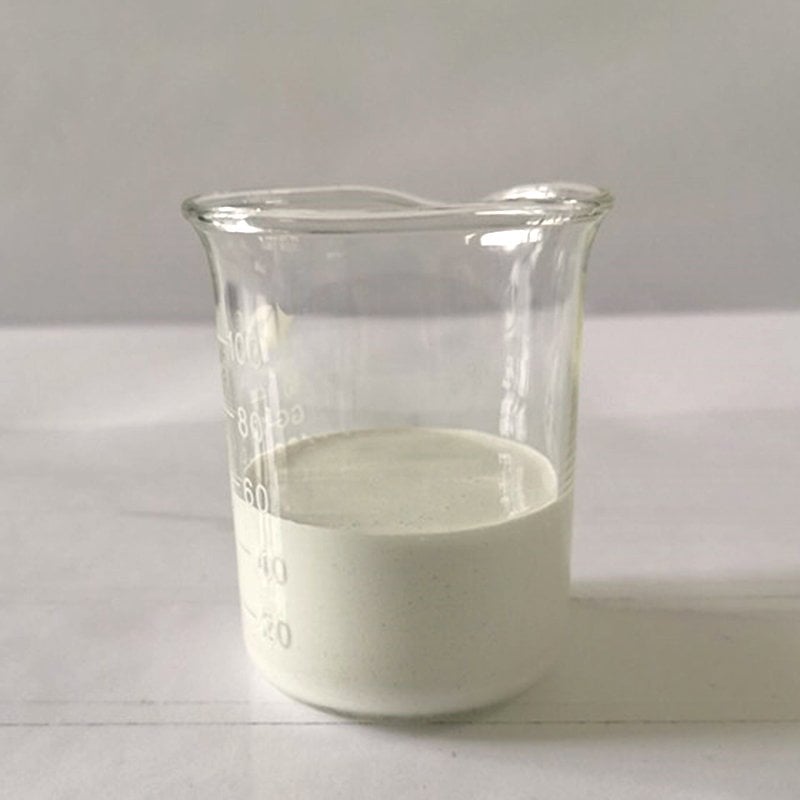Chlorantraniliprole vs. Bifenthrin
Both chlorantraniliprole and bifenthrin are widely used insecticides, but they differ significantly in their modes of action, target pests, and typical applications. Chlorantraniliprole is a relatively newer insecticide that belongs to the diamide class, while bifenthrin is an older, broad-spectrum insecticide in the pyrethroid class. Understanding their differences helps users choose the most suitable option for their specific pest control needs.
Chlorantraniliprole
1. Mode of Action
- Chlorantraniliprole targets the ryanodine receptors in insect muscles, leading to muscle contraction, paralysis, and eventual death. This mode of action is highly specific to insects and results in a lower toxicity profile for non-target organisms, such as mammals and birds.
2. Target Pests
- It is highly effective against lepidopteran larvae (caterpillars), including armyworms, diamondback moths, and leafminers. Chlorantraniliprole is also effective against certain other pests, such as rootworms and weevils.
3. Usage and Application
- Primarily used in agriculture to protect crops like corn, soybeans, rice, vegetables, and fruit trees. It is generally applied as a foliar or soil treatment.
4. Safety Profile
- Chlorantraniliprole has a lower toxicity to beneficial insects, such as bees, and is considered safer for non-target species and the environment when used as directed.
Bifenthrin
1. Mode of Action
- Bifenthrin is a pyrethroid insecticide that targets the sodium channels in the insect nervous system, causing repetitive nerve impulses that lead to paralysis and death.
2. Target Pests
- Bifenthrin has a broad spectrum of control, targeting pests such as ants, beetles, termites, mosquitoes, flies, and spiders. It is effective against a wide range of insects, both crawling and flying, making it suitable for both agricultural and residential use.
3. Usage and Application
- Used extensively in both agriculture (e.g., vegetables, cotton, ornamentals) and residential settings (e.g., lawns, gardens, perimeter treatments). Bifenthrin can be applied as a foliar spray, soil treatment, or barrier treatment.
4. Safety Profile
- Bifenthrin is toxic to aquatic life and certain beneficial insects, such as bees, so caution is required near water bodies and during applications around flowering plants.
Comparative Table: Chlorantraniliprole vs. Bifenthrin
| Feature | Chlorantraniliprole | Bifenthrin |
|---|---|---|
| Chemical Class | Diamide | Pyrethroid |
| Mode of Action | Targets ryanodine receptors in insect muscles | Disrupts sodium channels in the nervous system |
| Primary Target Pests | Lepidopteran larvae, rootworms, certain weevils | Broad-spectrum: ants, beetles, termites, etc. |
| Applications | Agriculture (foliar and soil) | Agriculture and residential |
| Safety Profile | Lower toxicity to non-targets, safer for bees | Toxic to aquatic life, caution needed with bees |
| Residual Activity | Long-lasting, especially as soil treatment | Fast-acting but may require reapplication |
Detailed Comparison
- Mode of Action
- Chlorantraniliprole operates by affecting muscle function in insects, which leads to paralysis in a targeted and gradual manner, offering residual control without immediate knockdown.
- Bifenthrin provides a faster knockdown effect by impacting the insect’s nervous system. It is highly effective in causing immediate paralysis but has a broad impact on a wide range of insects.
- Target Pests
- Chlorantraniliprole is more specialized, focusing on caterpillars and specific pests like rootworms, making it an ideal choice in agricultural settings focused on lepidopteran pest control.
- Bifenthrin has a broad-spectrum effect, targeting a wide range of pests from ants to beetles, making it versatile in both agriculture and residential use.
- Usage and Applications
- Chlorantraniliprole is primarily used in agriculture for crops where caterpillar and soil pest management are important. Its residual effect allows for long-lasting protection, especially when applied to the soil.
- Bifenthrin is more commonly used in both agriculture and residential areas due to its broad range of targets. It is commonly applied as a barrier treatment around homes for pest prevention.
- Environmental Impact and Safety
- Chlorantraniliprole is safer for non-target organisms like bees, especially when applied in soil where bees are less likely to encounter it.
- Bifenthrin has higher toxicity to aquatic life and non-target insects, requiring care when applied near water sources or flowering plants to avoid harming beneficial species.
- Residual and Reapplication Needs
- Chlorantraniliprole provides a longer residual effect, especially as a soil application, which can reduce the need for frequent reapplication.
- Bifenthrin offers fast knockdown but may require more frequent reapplications to maintain control, especially in high-pest-pressure environments.
Summary and Choosing Between Chlorantraniliprole and Bifenthrin
Chlorantraniliprole is ideal for agricultural uses, especially for managing lepidopteran larvae and soil pests in crops. Its longer residual activity and lower toxicity to non-target species make it well-suited for sustainable pest management strategies. Bifenthrin, on the other hand, is an effective, fast-acting option for broad-spectrum insect control, suitable for both agricultural and residential settings, though care is needed around water sources and beneficial insects.
When choosing between the two, consider the specific pest target, environmental safety, and the application area to ensure the best pest management strategy.
Both chlorantraniliprole and bifenthrin are widely used insecticides, but they differ significantly in their modes of action, target pests, and typical applications. Chlorantraniliprole is a relatively newer insecticide that belongs to the diamide class, while bifenthrin is an older, broad-spectrum insecticide in the pyrethroid class. Understanding their differences helps users choose the most suitable option for their specific pest control needs.
Chlorantraniliprole
1. Mode of Action
- Chlorantraniliprole targets the ryanodine receptors in insect muscles, leading to muscle contraction, paralysis, and eventual death. This mode of action is highly specific to insects and results in a lower toxicity profile for non-target organisms, such as mammals and birds.
2. Target Pests
- It is highly effective against lepidopteran larvae (caterpillars), including armyworms, diamondback moths, and leafminers. Chlorantraniliprole is also effective against certain other pests, such as rootworms and weevils.
3. Usage and Application
- Primarily used in agriculture to protect crops like corn, soybeans, rice, vegetables, and fruit trees. It is generally applied as a foliar or soil treatment.
4. Safety Profile
- Chlorantraniliprole has a lower toxicity to beneficial insects, such as bees, and is considered safer for non-target species and the environment when used as directed.
Bifenthrin
1. Mode of Action
- Bifenthrin is a pyrethroid insecticide that targets the sodium channels in the insect nervous system, causing repetitive nerve impulses that lead to paralysis and death.
2. Target Pests
- Bifenthrin has a broad spectrum of control, targeting pests such as ants, beetles, termites, mosquitoes, flies, and spiders. It is effective against a wide range of insects, both crawling and flying, making it suitable for both agricultural and residential use.
3. Usage and Application
- Used extensively in both agriculture (e.g., vegetables, cotton, ornamentals) and residential settings (e.g., lawns, gardens, perimeter treatments). Bifenthrin can be applied as a foliar spray, soil treatment, or barrier treatment.
4. Safety Profile
- Bifenthrin is toxic to aquatic life and certain beneficial insects, such as bees, so caution is required near water bodies and during applications around flowering plants.
Comparative Table: Chlorantraniliprole vs. Bifenthrin
| Feature | Chlorantraniliprole | Bifenthrin |
|---|---|---|
| Chemical Class | Diamide | Pyrethroid |
| Mode of Action | Targets ryanodine receptors in insect muscles | Disrupts sodium channels in the nervous system |
| Primary Target Pests | Lepidopteran larvae, rootworms, certain weevils | Broad-spectrum: ants, beetles, termites, etc. |
| Applications | Agriculture (foliar and soil) | Agriculture and residential |
| Safety Profile | Lower toxicity to non-targets, safer for bees | Toxic to aquatic life, caution needed with bees |
| Residual Activity | Long-lasting, especially as soil treatment | Fast-acting but may require reapplication |
Detailed Comparison
- Mode of Action
- Chlorantraniliprole operates by affecting muscle function in insects, which leads to paralysis in a targeted and gradual manner, offering residual control without immediate knockdown.
- Bifenthrin provides a faster knockdown effect by impacting the insect’s nervous system. It is highly effective in causing immediate paralysis but has a broad impact on a wide range of insects.
- Target Pests
- Chlorantraniliprole is more specialized, focusing on caterpillars and specific pests like rootworms, making it an ideal choice in agricultural settings focused on lepidopteran pest control.
- Bifenthrin has a broad-spectrum effect, targeting a wide range of pests from ants to beetles, making it versatile in both agriculture and residential use.
- Usage and Applications
- Chlorantraniliprole is primarily used in agriculture for crops where caterpillar and soil pest management are important. Its residual effect allows for long-lasting protection, especially when applied to the soil.
- Bifenthrin is more commonly used in both agriculture and residential areas due to its broad range of targets. It is commonly applied as a barrier treatment around homes for pest prevention.
- Environmental Impact and Safety
- Chlorantraniliprole is safer for non-target organisms like bees, especially when applied in soil where bees are less likely to encounter it.
- Bifenthrin has higher toxicity to aquatic life and non-target insects, requiring care when applied near water sources or flowering plants to avoid harming beneficial species.
- Residual and Reapplication Needs
- Chlorantraniliprole provides a longer residual effect, especially as a soil application, which can reduce the need for frequent reapplication.
- Bifenthrin offers fast knockdown but may require more frequent reapplications to maintain control, especially in high-pest-pressure environments.
Summary and Choosing Between Chlorantraniliprole and Bifenthrin
Chlorantraniliprole is ideal for agricultural uses, especially for managing lepidopteran larvae and soil pests in crops. Its longer residual activity and lower toxicity to non-target species make it well-suited for sustainable pest management strategies. Bifenthrin, on the other hand, is an effective, fast-acting option for broad-spectrum insect control, suitable for both agricultural and residential settings, though care is needed around water sources and beneficial insects.
When choosing between the two, consider the specific pest target, environmental safety, and the application area to ensure the best pest management strategy.


